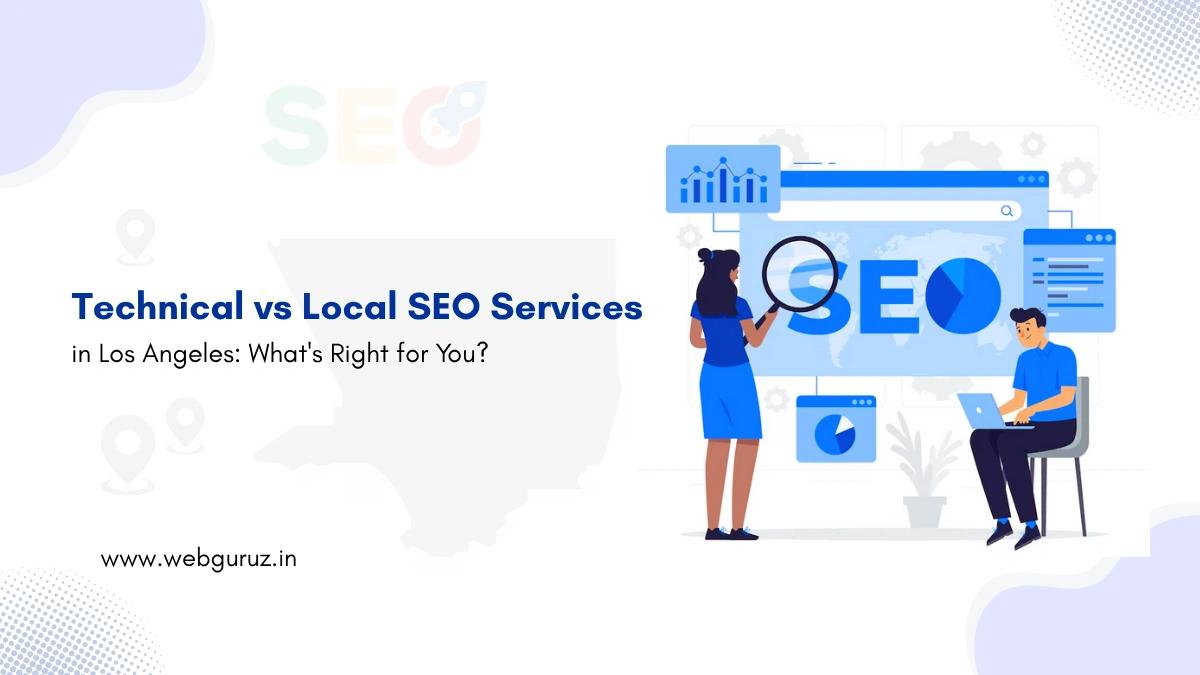Mohit Bhatt
2025-08-11
7 min read
How to Rank in Google’s AI Overview | SEO Strategies for 2025
Google’s AI Overview has changed how people search and find information online.
Read More
In 2025, most businesses using Google Ads continue to spend between $1,000 and $10,000 per month, though this range can be much higher for larger companies or competitive industries. The average cost-per-click across all industries hovers around $2.50-$4.00, but this can range from under $1 to over $50 depending on your industry and keyword competition.
Your industry dramatically impacts how much you’ll pay for Google Ads. Highly competitive industries like insurance, legal services, and financial products continue to have the highest costs. For example:
Lower competition industries like arts and entertainment might pay less than $1.50 per click, while high-stakes industries like legal services might pay $8 or more per click.
Where you advertise matters tremendously; advertising in major metropolitan areas like New York, Los Angeles, or Chicago costs significantly more than targeting smaller cities or rural areas. In 2025, this geographic cost gap will have actually widened as more businesses compete for visibility in prime urban markets.
International targeting also varies widely. Advertising in countries with high internet penetration and robust economies (like the US, UK, Australia, and parts of Europe) costs more than advertising in developing markets.
The keywords you choose remain the biggest factor in determining your Google Ads costs. In 2025, high commercial intent keywords (those indicating someone is ready to buy) continue commanding the highest prices.Some examples of expensive keywords in 2025:
Google’s Quality Score system has become even more sophisticated in 2025. This score measures the relevance and quality of your ads and landing pages to the user’s search query. Higher Quality Scores mean lower costs and better ad positions.
The three main components of Quality Score are:
A high Quality Score can reduce your cost-per-click by up to 50%, while a poor score might double your costs for the same position. This means proper
Google Ads optimization is more important than ever in controlling costs.
Google continues to offer various ad formats, each with different pricing structures:
Generally, search ads have the highest CPC but also the highest conversion rates, making them worth the investment for many businesses. Display and video ads typically have lower CPCs but may require more impressions to generate conversions.
Remember that these are just starting points. Your actual budget should be based on your specific goals, competition, and return on investment (ROI).
Google’s audience targeting capabilities have grown more sophisticated. Take advantage of detailed demographic, interest, and behavior-based targeting to ensure your ads reach only the most relevant potential customers. This approach may reduce your overall reach, but it will dramatically improve your conversion rates and ROI.
By combining search intent with audience signals, you can create highly targeted campaigns that reduce wasted ad spend. For example, targeting people who have previously visited your website (through Google Ads Remarketing Services) typically results in higher conversion rates at lower costs.
In 2025, Google’s automated bidding strategies will have become significantly more effective. Consider using:
These AI-driven strategies automatically adjust your bids based on the likelihood of conversion, often achieving better results than manual bidding while saving you time and resources.
You can’t optimize what you don’t measure. Make sure your conversion tracking is properly set up to capture all valuable customer actions, including:
With comprehensive conversion data, you can make informed decisions about where to allocate your budget for maximum returns.
In 2025, over 65% of Google searches occur on mobile devices, and voice search continues to grow in popularity. Ensure your campaigns are optimized for these trends by:
Campaigns optimized for these modern search behaviors typically see higher Quality Scores and lower costs per click.
The short answer is yes, when done right. Despite rising costs in many sectors, Google Ads continues to deliver among the highest ROI of any advertising channel when campaigns are properly optimized.
The key to success isn’t necessarily spending more, but spending smarter. By understanding the factors that influence costs, implementing proper Google Ads Optimization techniques, and continually refining your approach based on real data, you can achieve excellent results regardless of your budget size.
For many businesses, working with experienced professionals through a Google Ads agency or investing in Google Ads remarketing services provides the expertise needed to navigate this complex ecosystem successfully.
Remember that the “cost” of not appearing when potential customers are actively searching for products or services like yours might be the biggest expense of all. In the competitive digital marketplace of 2025, having a strategic Google Ads presence isn’t just an option- it’s increasingly becoming essential for business growth.
Start with a budget you’re comfortable with, focus on continuous improvement, track your results meticulously, and adjust as needed. With patience and proper optimization, Google Ads can become one of your most valuable marketing channels this year.

Mohit Bhatt
2025-08-11
7 min read
Google’s AI Overview has changed how people search and find information online.
Read More
Mohit Bhatt
2025-08-05
7 min read
Getting your marketing and sales teams on the same page can feel like trying to solve a puzzle with missing pieces.
Read More
Mohit Bhatt
2025-07-30
7 min read
When you’re running a business in Los Angeles, standing out online can feel like trying to get noticed on the Hollywood Walk of Fame during peak tourist season.
Read More